Contributor: Flowserve
The oil and gas industry isn’t just bouncing back from the recession; it’s surging forward. Recently, we’ve seen broader downstream expansion and investment in both Europe and Asia. The U.S. economy is also seeing 4-5 percent GDP growth, which will certainly drive increased investment in both refining and petrochemical markets. There is a sense that the downturn is now behind us, and the industry is optimistic for the quarters ahead.
As refineries and petrochemical facilities expand their operations to handle this growing demand, they’re also under increased pressure to find new ways to run their operations more efficiently, more reliably and of course more cost effectively. Enhancing production and improving efficiency in already lean operations has created new challenges and opportunities in the industry. A further complication is how the industry can achieve this with fewer human resources, the result of a talent gap that has seen more professionals retire than have come onboard in recent years.
The solution requires that oil and gas companies, refineries and petrochemical facilities change the way they think about their equipment, systems and processes.
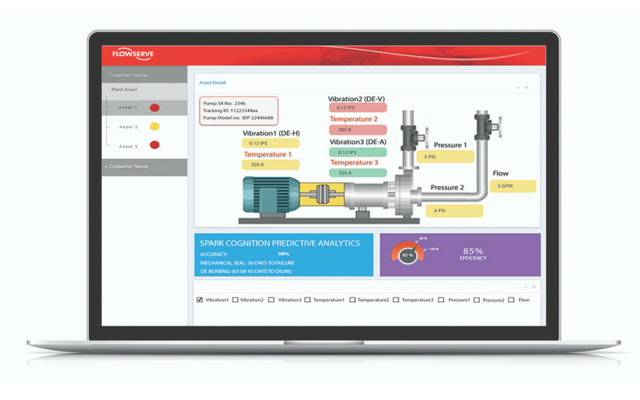
Take Equipment Monitoring Enterprise-wide
When most oil and gas companies think about gaining efficiencies, they focus on the equipment — specifically, how can they reduce downtime, increase performance and lower maintenance costs on a specific piece of rotating equipment.
The latest industrial wireless monitoring technology enables refineries and petrochemical facilities to monitor equipment on a larger scale, without the expense of hardwiring equipment sensors into a central system. Some of this technology is nothing new, of course; we’ve had the ability to monitor pump pressure, temperature and vibration for decades. What has changed, however, is the ability to do this at a lower cost and with greater network reliability. Surprisingly, as beneficial as wireless monitoring technology can be for an operation, many oil and gas companies only monitor about 2-5 percent of their assets, on average — and most often with wired sensors. They reserve wireless monitoring for their critical assets and manually monitor their other equipment via walk-around inspections instead.
Equipment reliability will always be a concern, but to get to the next level of performance and efficiency, plant reliability engineers, operators and maintenance personnel need to move beyond monitoring individual equipment by predicting equipment behavior on a large scale. By focusing on all of their assets, operations can turn small individual efficiency enhancements into larger cumulative gains.
To accomplish this, oil and gas companies need to think network-wide and that entails integrating equipment sensors into a central intelligent hub.
By connecting equipment monitoring across the network — not just across a plant, but across all operations globally — oil and gas companies can apply advanced algorithms to compare interconnected datasets from multiple systems and discover operational improvements, predict equipment failures, evaluate equipment life and plan equipment change-outs.
It’s worth emphasizing that capturing equipment performance data is only one piece of the puzzle. Having this data is of little value if oil and gas companies, refineries and petrochemical facilities don’t know how to interpret it and look for performance patterns and trends.
This holistic approach to system monitoring requires sensors, a network and analytic software. In a typical configuration, wireless devices or nodes can be installed on equipment to transmit performance data to a gateway 24/7, eliminating the need to inspect each asset physically. These sensors continuously transmit data so reliability engineers can evaluate performance in real time and be alerted instantly as equipment problems arise. Reliability engineers also can set thresholds for temperature, pressure, vibration and other conditions and be alerted when performance exceeds predefined ranges.
In addition, some operators are adopting the more sophisticated “predictive” analytics, which can detect the specific failure mode based on information from the sensors and can also estimate the remaining time to failure or time before maintenance should be performed. This allows operators to quickly diagnose trouble and focus on only those pieces of equipment that need attention first. This can dramatically improve reliability and maintenance efficiency.
Oil and gas companies using this technology can minimize unplanned downtime and increase equipment productivity because reliability engineers can track process data and run analytics to detect potential performance issues or upset conditions. They can monitor current pressure, temperature, vibration, fluid condition and other factors to proactively identify, diagnose and repair equipment before it fails. And because they are only focusing on the equipment that needs attention, refineries can more efficiently manage their maintenance resources.
Using these modern networks with their simple visualization portals and complex algorithms running behind the scenes to better detect and even predict failures, engineers and maintenance teams can monitor and diagnose equipment performance remotely from anywhere. These portals facilitate collaboration among multiple plant teams and allow for a swift response to operating parameter deviations, so maintenance teams can address problems before they cause costly downtime.
Consider Microlevel Equipment Upgrades
The days of experiencing a step-change in efficiency by adding a new piece of rotating equipment are over. Today’s pumps, seals and valves have become so sophisticated that oil and gas companies need to look at the microlevel to see significant performance improvements. OEMs such as Flowserve are literally working at the microscopic level to find ways to improve equipment efficiencies.
For example, we’re developing improved seal face topographies that enhance performance, minimize leak rates and reduce component friction and wear. These more advanced designs maximize seal life and reliability and help customers extend their competitive advantage. Newer, more modern design methods using “digital twins” and advanced 3D modeling techniques, combined with the latest in advanced materials, allow seal designers to further push the envelope of what’s capable in terms of performance and reliability. New fabrication techniques using laser welding provide better mechanical reliability. New valve positioner technology is also available today that improves valve performance and can inform the operators of valve operating conditions.
Partner with Rotating Equipment OEMs that Know the Entire System
In the past, if a seal or pump failed, it was common practice to find the quickest and most cost-effective way to get it back online. That often meant going to a local parts replicator and replacing the part. While that was a fast solution, oil and gas companies learned that it was often a temporary solution. That’s because when a seal, pump or valve experiences a problem, it’s usually indicative of a problem down the line or a systematic operating issue. When rotating equipment fails, maintenance technicians can inadvertently focus on the faulty equipment based on the information they have on hand, but by doing so, they could overlook a more severe issue elsewhere in the system.
By partnering with rotating equipment OEMs that understand the entire system, as well as the individual equipment, oil and gas companies can better identify complex root causes, repair equipment faster and more reliably, and establish best practices to avoid recurring issues.
OEMs like Flowserve can dispatch qualified service technicians who have a complete understanding of a refinery or petrochemical facility’s operation — not just how the equipment is maintained. When evaluating an equipment failure, our technicians consider a variety of factors, including application conditions, seal plan design or configuration, condition and component alignment, commissioning procedures, equipment operation within the operating range and more.
Since all rotating equipment OEMs are not created equal, oil and gas companies, refineries and petrochemical facilities should consider the following factors when evaluating a partner:
Knowledge and expertise. OEMs often understand underlying equipment performance in great detail based on original design methodologies, engineering principles at work and a global view of fleet performance based on other customers’ experiences and lessons learned with that same equipment. OEMs have often amassed a deep understanding of their particular rotating equipment and of industry challenges through extensive research and development in their field of expertise.
Global, connected network with local resources and capabilities. Oil and gas companies operate all over the world, and it’s important they have quick access to service and parts. That’s why companies should partner with global equipment OEMs that have service centers strategically located within a few hours of their primary locations. This allows a rapid response to customer needs by providing same-day delivery of standard parts.
Broad system assessment and repair capabilities. Advanced OEM’s like Flowserve offer a broad range of solutions to monitor, assess and repair a variety of applications. Once a problem occurs, OEMs can quickly dispatch a reliability team to identify the root cause and implement systemwide improvements.
IoT services and capabilities. Consider those OEMs and OEM partners that provide comprehensive IoT solutions, including products, software and service. Look to OEMs that offer solutions compatible with existing infrastructure and that provide scalable solutions that can grow with an operation’s needs. Many OEM’s and third- party service providers offer basic monitoring capabilities, but look for providers who are pushing the industry forward using advanced, modern predictive algorithms based on sound engineering principles and, in some cases, advanced machine learning to deliver the most accurate analytics possible.
Upgrade technology. Rotating equipment might be in service for decades, but it still requires periodic upgrades to remain operating in peak condition. Consider OEMs that continually innovate and bring new technologies to market that can be applied to installed equipment, enhancing performance, efficiency and reliability.
As oil and gas companies expand their operations to keep up with increasing demand, they continue to look for ways to enhance productivity, improve efficiency and reduce costs. To get to the next level of performance, these companies must take a holistic approach to their equipment, systems and processes.
This holistic approach should include working with global rotating equipment OEMs that help them implement enterprise-wide equipment monitoring programs, enhance equipment performance via microlevel upgrades and identify efficiencies through systemwide assessments.


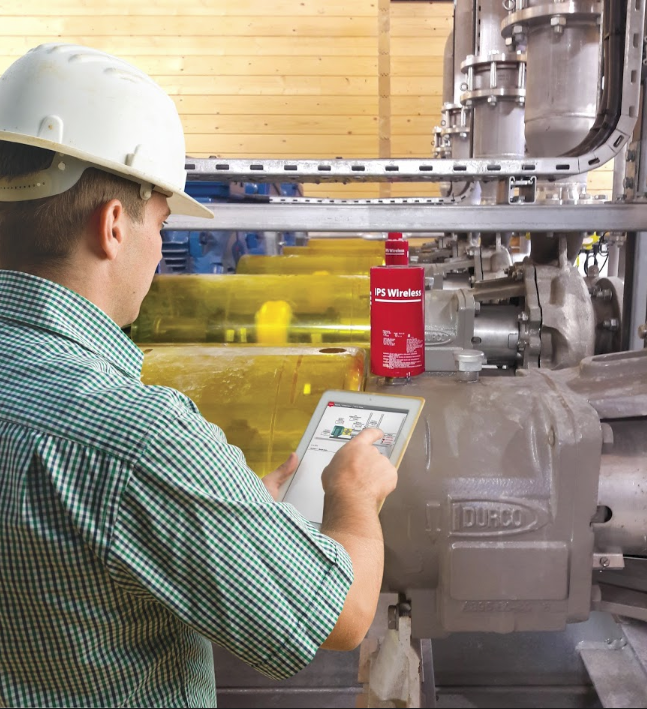
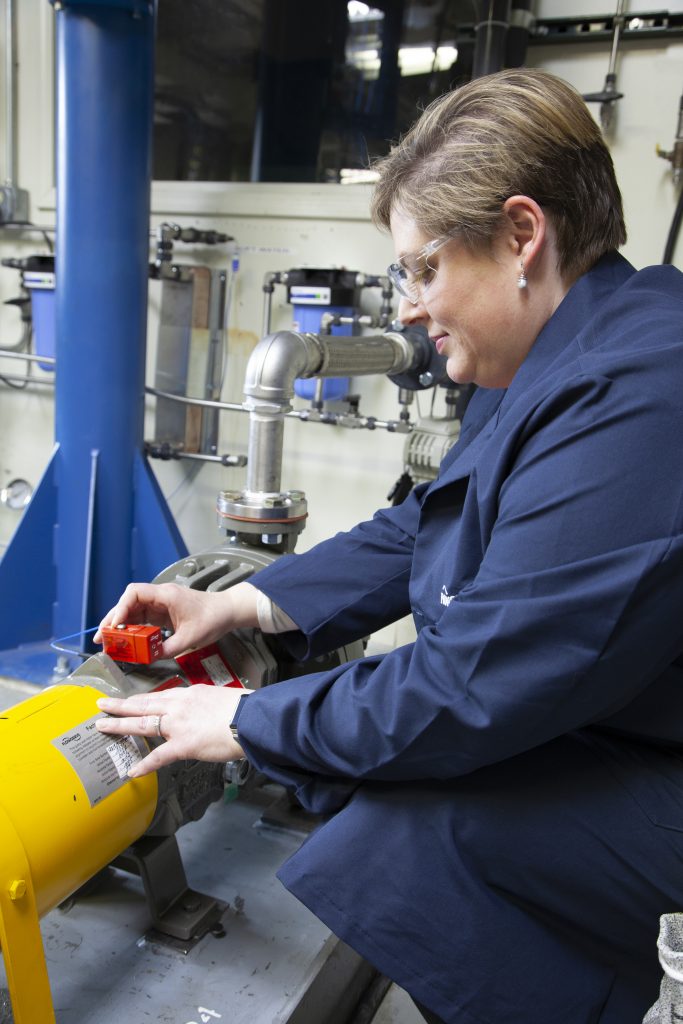
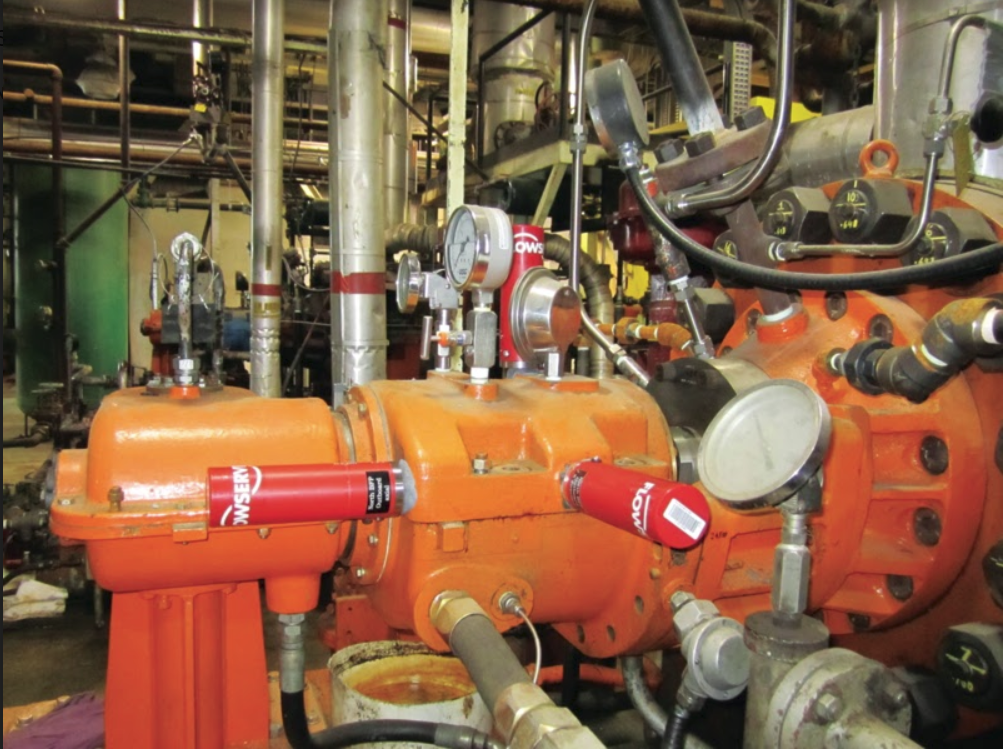
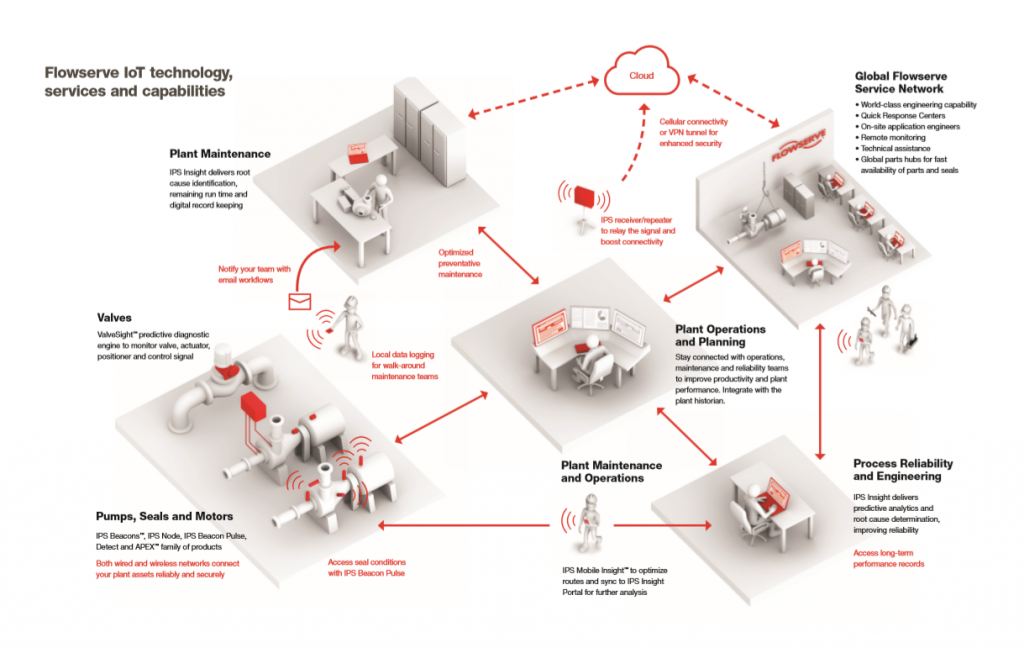
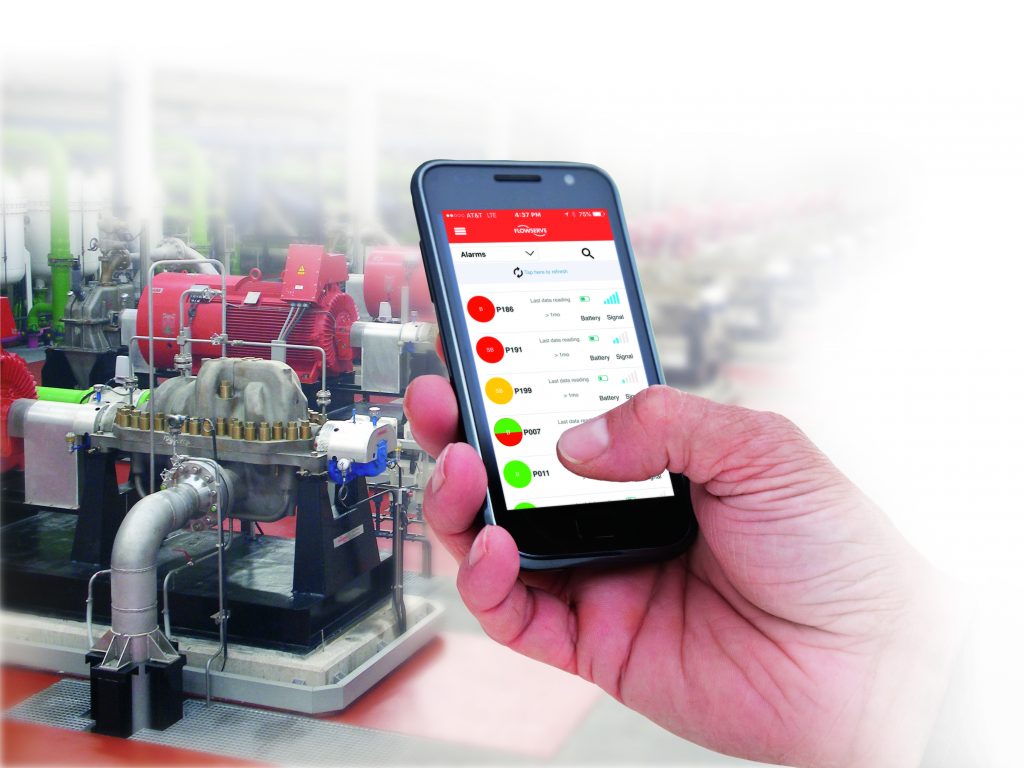
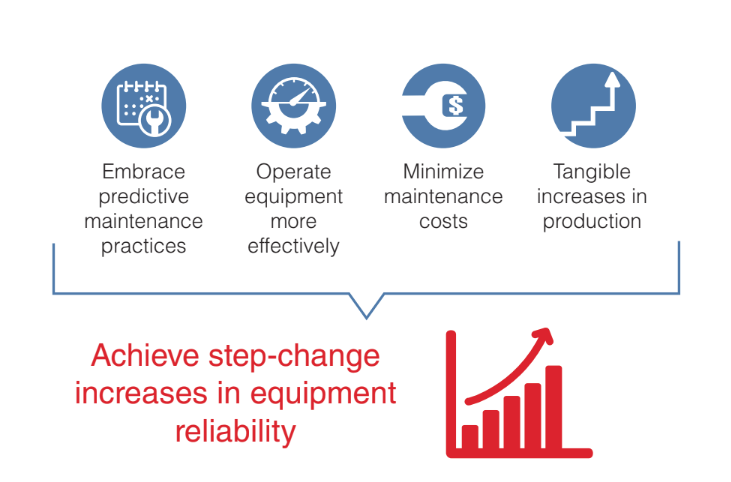

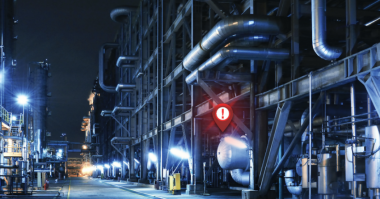
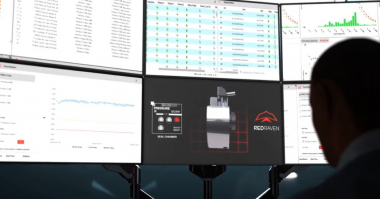
Comments